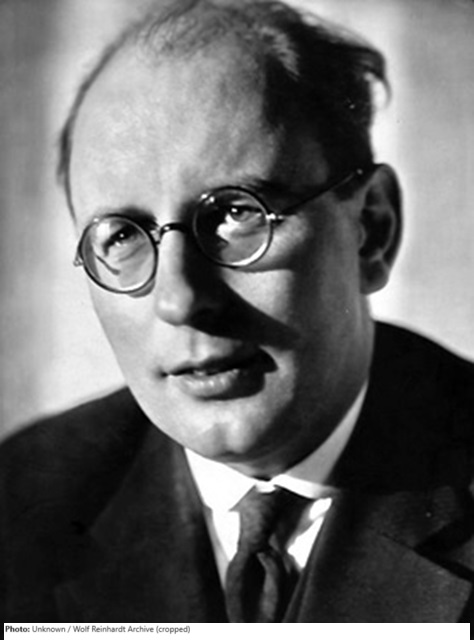Jaap Kool

Biographical information
| Roles | Competed in Olympic Games |
|---|---|
| Sex | Male |
| Full name | Jacob Hendrik Willem “Jaap”•Kool |
| Used name | Jaap•Kool |
| Born | 31 December 1890 in Nieuwer-Amstel, Amstelveen, Noord-Holland (NED) |
| Died | 1 December 1959 (aged 68 years 11 months 1 day) in Den Haag (The Hague), Zuid-Holland (NED) |
| NOC |  Netherlands Netherlands |
Biography
Jaap Kool has not been listed in the 1924 Official Report but only in a Dutch report about the country’s participation. The composer’s father moved to Emden in Germany in 1893 to become director of the herring fishing fleet and the local consul of the Netherlands. Educated at a Free School Community in Thuringia he started composing in 1909. But he started studying Chemistry in Switzerland, where he attended the notorious premiere of Igor Stravinsky’s Sacre Du Printemps. When his father’s company burned down in 1914, he had to take up a teaching job.
At the end of World War I, Kool started his musical studies in Berlin, but later also went to Munich and Paris. He then frequently collaborated with expressionist female dancer Grit Hegesa and led a jazz orchestra, he himself playing the saxophone. His growing fame resulted in the Berlin Philharmonic performing his Workers’ Symphony. In 1924, he travelled to the US together with dancer Leni Riefenstahl, later director of the films about the 1936 Olympics. From 1923-25, Kool was the artistic director of the newly founded Vox record company. He wrote the music for films, ballets, theater productions, etc. After he lost a fortune on Black Friday in 1929, he returned to his former boarding school as a teacher and for some years as a headmaster. In 1931, Kool published his standard work The Saxophone and one year later married the Silesian dancer Vlasta Hajek, 19 years his junior.
He returned to Amsterdam for some time but was called back to his German school. Although his previous work was considered “Degenerate Art” in Nazi Germany, he impressed the culture officers with a new composition based on paintings by Pieter Breughel. But after the occupation of the Netherlands, he was arrested and expelled to his home country. Nevertheless, he was initially commissioned by Hitler’s local governor.
After World War II, Kool moved to Thuringia again, trying to resume his school teaching. But he ended up as a bar musician, owner of a music shop, and timber merchant in the Netherlands. His music was largely forgotten.
His work submitted in 1924 is not mentioned. One of the likely candidates is his dance pantomime Die Schießbude (The shooting gallery) completed in 1922. The 45-minute long work was commissioned for a 20-person orchestra and a 10-person ensemble of actors.
Results
| Games | Discipline (Sport) / Event | NOC / Team | Pos | Medal | As | |
|---|---|---|---|---|---|---|
| 1924 Summer Olympics | Art Competitions |  NED NED |
Jaap Kool | |||
| Music, Open (Olympic) |